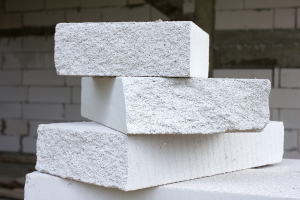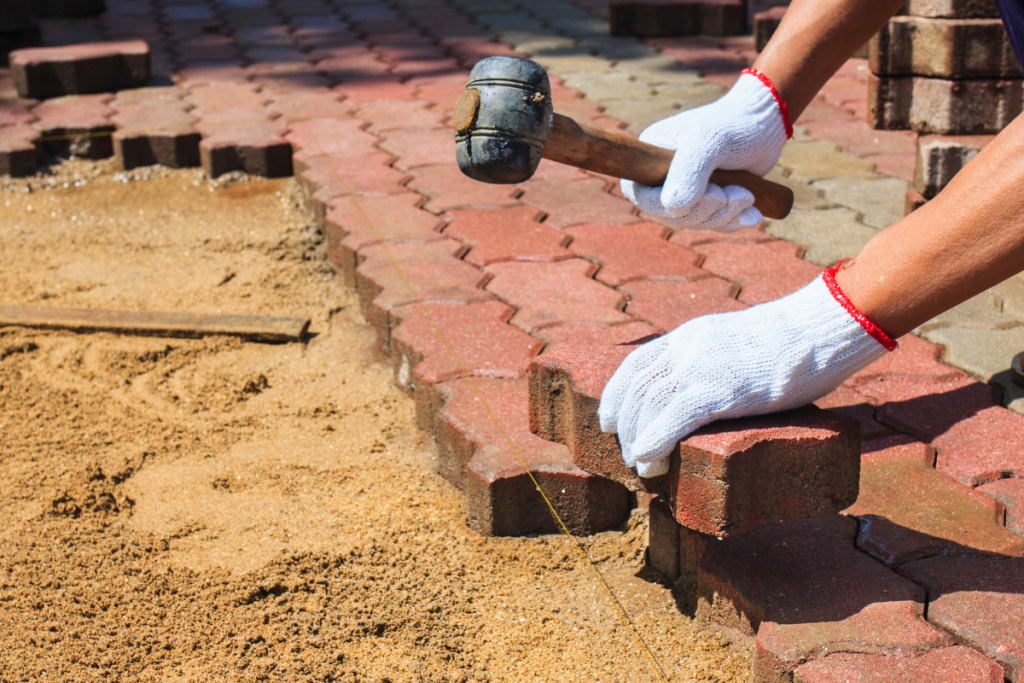 Introduction to Concrete Block Estimating
Introduction to Concrete Block Estimating
When it comes to construction, concrete blocks are one of the most versatile and commonly used materials. From building walls to creating sturdy foundations, these blocks offer durability and efficiency in various projects. However, to ensure your project is completed on time and within budget, accurate concrete block estimating is crucial.
In this article, we’ll dive deep into what concrete block estimating entails, the factors that influence it, and how to effectively estimate the number of blocks needed for your construction project. Additionally, we’ll discuss the tools and methods used for precise calculations and offer tips for making your estimating process smoother.
What is Concrete Block Estimating?
Concrete block estimating is the process of calculating the number of concrete blocks required for a construction project, as well as the associated costs. This process involves assessing the project’s dimensions, understanding the type of blocks needed, and considering other factors such as wastage, mortar, and labor. The goal is to have a clear understanding of the resources needed, which helps in budgeting, planning, and avoiding material shortages or excesses.
Why is Accurate Concrete Block Estimating Important?
Accurate concrete block estimating is essential for several reasons:
- Budget Management: Proper estimating ensures that you allocate the right amount of money for materials, preventing overspending or under-funding.
- Time Efficiency: By knowing the exact quantity of blocks required, you can plan your procurement and construction phases more effectively, reducing delays.
- Resource Optimization: Estimating the correct number of blocks minimizes waste and ensures that materials are used efficiently.
- Project Planning: Accurate estimates contribute to a well-organized project timeline, helping to avoid disruptions and ensuring that the construction process runs smoothly.
Factors Influencing Concrete Block Estimating
Several factors can influence the accuracy of your concrete block estimating:
- Project Dimensions:
- The size of the area to be constructed plays a significant role in determining the number of blocks needed. For example, the height and length of a wall or the overall dimensions of a foundation will directly impact your estimate.
- Block Size and Type:
- Concrete blocks come in various sizes and types, such as standard 8x8x16 blocks, lightweight blocks, or decorative blocks. The size and type of block chosen for your project will affect the total number needed.
- Mortar Joints:
- The thickness of the mortar joints between blocks should be considered when estimating. Typically, joints are around 3/8-inch thick, which can slightly alter the number of blocks required.
- Wastage and Breakage:
- It’s essential to account for potential wastage due to block breakage or cutting during installation. A common practice is to add an extra 5-10% to the total block estimate to cover these contingencies.
- Openings and Cutouts:
- If your project includes windows, doors, or other openings, these should be subtracted from the total wall area when calculating the number of blocks needed. However, remember to account for any additional blocks required for framing these openings.
- Labor Costs:
- While not directly influencing the number of blocks, labor costs are an essential aspect of the overall estimate. Skilled labor for laying concrete blocks can vary, and including this in your calculations helps in accurate budgeting.
How to Estimate Concrete Blocks: Step-by-Step Guide
Accurate concrete block estimating involves a systematic approach. Here’s a step-by-step guide to help you through the process:
- Measure the Area:
- Begin by measuring the length and height of the walls or the area where the blocks will be used. Multiply these dimensions to get the total square footage. For example, if a wall is 20 feet long and 10 feet high, the area is 200 square feet.
- Determine the Block Size:
- Identify the size of the concrete blocks you plan to use. Standard blocks are 8x8x16 inches, meaning each block covers 1.125 square feet when accounting for the mortar joint.
- Calculate the Number of Blocks:
- Divide the total area by the area covered by a single block. Using the example above, 200 square feet divided by 1.125 square feet per block equals approximately 178 blocks.
- Account for Wastage:
- Add an additional 5-10% to cover wastage and breakage. For 178 blocks, adding 10% gives you a total of approximately 196 blocks.
- Subtract Openings:
- If there are any openings (doors, windows), calculate their area and subtract it from the total wall area. Adjust the block estimate accordingly.
- Estimate Mortar and Other Materials:
- Besides blocks, you’ll need to estimate the amount of mortar required. A general rule of thumb is that 3 bags of mortar mix are needed per 100 blocks. Include this in your material list.
Tools and Software for Concrete Block Estimating
While manual calculations are feasible, using tools and software can simplify and speed up the estimating process:
- Online Calculators:
- Several online calculators are available that can quickly compute the number of blocks needed based on your input dimensions and block size.
- Construction Estimating Software:
- More advanced software, such as Plan-Swift or Estimator360, allows you to create detailed estimates, including material and labor costs, and can handle complex projects with multiple variables.
- Spreadsheet Templates:
- Custom spreadsheet templates can be designed to input your measurements and calculate block estimates automatically. This option provides flexibility and control over your estimating process.
Tips for Accurate Concrete Block Estimating
To ensure your concrete block estimating is as accurate as possible, consider these tips:
- Double-Check Measurements: Always verify your measurements before finalizing your estimates. Small errors in measurement can lead to significant discrepancies in block quantity.
- Consult with a Professional: If you’re unsure about any aspect of your estimate, consulting with a professional contractor or mason can provide valuable insights and help avoid costly mistakes.
- Consider Future Modifications: If there’s a possibility of future modifications or additions to the project, it’s wise to order extra blocks to maintain consistency in materials.
- Update Costs Regularly: Material costs can fluctuate, so keep your estimates updated to reflect current prices, especially if there’s a time gap between estimating and purchasing.
- Use Quality Materials: Investing in quality blocks and mortar can reduce wastage and ensure the longevity of your construction, making your estimate more reliable.
Concrete block estimating is a critical step in any construction project that involves block work. By taking into account the various factors that influence block usage and following a systematic approach, you can achieve accurate estimates that help in budgeting, planning, and executing your project efficiently.
Whether you’re a homeowner embarking on a DIY project or a contractor managing a large-scale construction, mastering the art of concrete block estimating will ensure your project is successful, cost-effective, and completed to a high standard.
Are you looking for the best estimating services in USA?
Look no further than “https://zionestimating.com”
They are offering top-notch services like;
- Construction/cost estimation
- Budget planning
- Material takeoff
- Equipment estimation
and further more!!!
Here are some more information for your convenience:
Location:7083 Hollywood Blvd, Los Angeles, CA 90028, USA
Phone no. : +1 718-427-9941 || +1 562-383-6177
Email: [email protected]
Directions:
https://maps.app.goo.gl/EpPyhRa9rPMDR1kv8
Visit their blogs and site
https://zionestimating.com for the latest updates and service tips!
